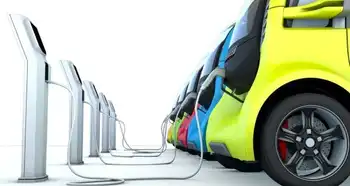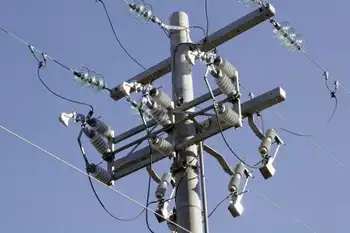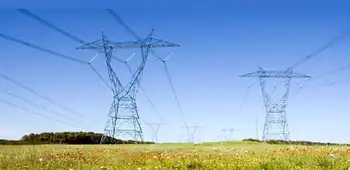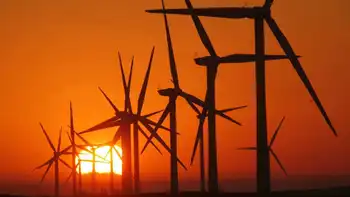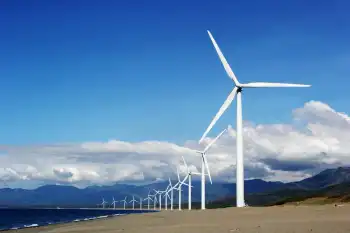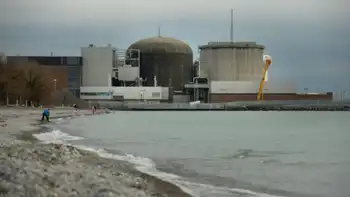Obama 'green jobs' adviser quits amid controversy
By Associated Press
CSA Z462 Arc Flash Training - Electrical Safety Essentials
Our customized live online or in‑person group training can be delivered to your staff at your location.

- Live Online
- 6 hours Instructor-led
- Group Training Available
Jones, an administration official specializing in environmentally friendly "green jobs" with the White House Council on Environmental Quality was linked to efforts suggesting a government role in the 2001 terror attacks and to derogatory comments about Republicans.
The resignation comes as Obama is working to regain his footing in the contentious health care debate.
Jones issued an apology for his past statements. When asked the next day whether Obama still had confidence in him, White House press secretary Robert Gibbs said only that Jones "continues to work in the administration."
The matter surfaced after news reports of a derogatory comment Jones made in the past about Republicans, and separately, of Jones' name appearing on a petition connected to the events surrounding the Sept. 11, 2001, terror attacks. That 2004 petition had asked for congressional hearings and other investigations into whether high-level government officials had allowed the attacks to occur.
"On the eve of historic fights for health care and clean energy, opponents of reform have mounted a vicious smear campaign against me," Jones said in his resignation statement. "They are using lies and distortions to distract and divide." Jones said he has been "inundated with calls from across the political spectrum urging me to stay and fight."
But he said he cannot in good conscience ask his colleagues to spend time and energy defending or explaining his past.
Jones flatly said in an earlier statement that he did not agree with the petition's stand on the 9/11 attacks and that "it certainly does not reflect my views, now or ever."
As for his other comments he made before joining Obama's team, Jones said, "If I have offended anyone with statements I made in the past, I apologize."
Despite his apologies, Republicans demanded Jones quit.
Rep. Mike Pence of Indiana said in a statement, "His extremist views and coarse rhetoric have no place in this administration or the public debate." Missouri Sen. Christopher Bonds said Congress should investigate Jones's fitness the job.
Fox News Channel host Glenn Beck repeatedly denounced Jones after a group the adviser co-founded, ColorofChange.org, led an advertising boycott against Beck's show to protest his claim that Obama is a racist.
James Rucker, the organization's executive director, has said Jones had nothing to do with ColorofChange.org now and didn't even know about the campaign before it started.
Jones, well-known in the environmental movement, was a civil-rights activist in California before shifting his attention to environmental and energy issues. He is known for laying out a broad vision of a green economy.
Nancy Sutley chair of the council, said in a statement released early Sunday that she accepts Jones resignation and thanked him for his service.
"Over the last six months, he had been a strong voice for creating jobs that improve energy efficiency and utilize renewable resources," she said. "We appreciate his hard work and wish him the best moving forward."





